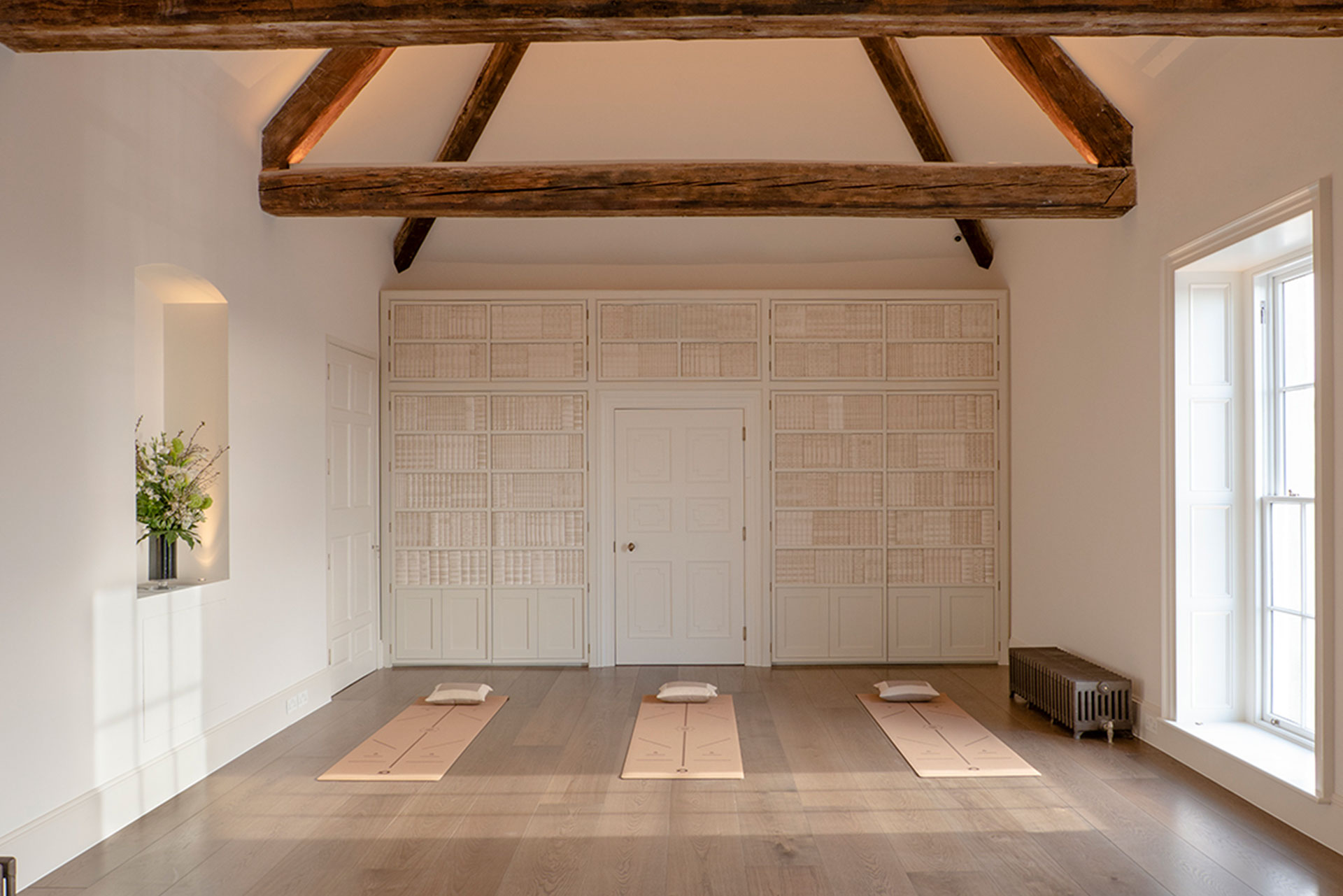Breathing Mechanics and Body Movement.
‘Take a deep breath’ how often have you told yourself to do that? We often do it without even realising. Why? Because the body is actually quite good at self-regulating vital organs if it thinks patterns are outside normal ranges (eg heart rate). That’s a huge reason to increase your oxygen intake.

However, taking a deep breath not only has physiological influences on our body’s vital organs, but also mechanical effects on everything that the ribs and spine touch.
The ribs protect our lungs. Our lungs are much bigger than we think, an adult’s volume being on average for an adult male 6 litres! That’s a big expansion that they are capable of. We only use a fraction of this during normal daily breathing 500ml. (The world record holder is 10L for a male freediver.)
Many patients and Yoga clients tell me they have been doing ‘core exercises’ but they still have an issue with core weakness which often manifests as tight hamstrings, stiff lower backs, shoulder problems to name but a few issues.
Most haven’t realised that the Diaphragm sits at the top of the ‘core’ area – and if this isn’t activated or exercised properly through breathing techniques during core exercises you’re loosing out!
Try this little 10 step breathing exercise at your desk to start:
- Focus your attention on your breath as it moves in and out of your body through your nose or mouth.
- Place your hand on your belly near your belly button.
- As you inhale, breathe all the way into this area and allow your belly to rise slightly more. Then, exhale completely. Try to keep shoulders relaxed.
- Next place both hands on the sides of your ribs (underarm area).
- As you inhale, breathe all the way into this area and allow your ribs to expand outwards. Then, exhale completely. Continue to keep shoulders relaxed.
- Finally place a hand on your chest, near your collar bone.
- As you inhale, breathe all the way into this area and allow your chest to rise slightly. Then, exhale completely. Try to keep shoulders relaxed.
- Now – try to put all three parts together
- Inhale, your belly lifts, your ribs expand, and your chest rises. As you exhale, your chest drops, your ribs contract, and your belly softens and lowers.
- Continue at your own pace, gradually letting the three parts of the breath flow smoothly without pausing.
Practice this when you have a chance, working, out for a walk, run or cycle and over time the diaphragm activity will improve. This simple practice will be developed further in your next Performance Yoga Class through movement.
Orla Crosse is a Chartered Physiotherapist and Yoga Instructor with a wealth of experience in injury prevention, pain reduction and movement education. During her earlier days as a Chartered Physiotherapist she spent many months working in Intensive Care and Respiratory hospital wards helping and educating patients to breathe better and well as move better.
She is the founder of Performance Yoga Ireland, and an advocate for the influence correct movement has on pain prevention and recovery.



